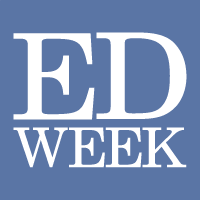 For two decades, as part of repeated research studies, thousands of participants from diverse backgrounds have watched the same video of college students playing basketball in a circle. Participants are told to count how many times the students wearing white shirts pass the basketball. Stunningly, roughly half of the participants become so distracted trying to count the passes that they completely miss something extraordinary: a student dressed in gorilla suit who walks into the middle of the scene and thumps her chest before walking out of the frame nine seconds later.
For two decades, as part of repeated research studies, thousands of participants from diverse backgrounds have watched the same video of college students playing basketball in a circle. Participants are told to count how many times the students wearing white shirts pass the basketball. Stunningly, roughly half of the participants become so distracted trying to count the passes that they completely miss something extraordinary: a student dressed in gorilla suit who walks into the middle of the scene and thumps her chest before walking out of the frame nine seconds later.
In the world of neuroscience, this phenomenon of being oblivious to the obvious is called “inattentional blindness.” This occurs any time we as human beings fail to notice a fully visible but unexpected object because our attention was on another task, event, or activity.
Inattentional blindness is an important concept to keep in mind now that the 2017 National Assessment of Educational Progress results for reading and mathematics for 4th and 8th grades have been released.
As many feared, results were extremely disappointing across the board. Nevertheless, there are already reams of analysis of certain subgroups highlighting the stubborn achievement gaps within the mesmerizing categories of students’ race and family income. For example, despite the fact that only 37 percent of all 4th graders were at or above “proficient”—further evidence that poor reading performance crossed all racial boundaries—the dominant reaction to the scores continues to focus on the black-white achievement gap…
Read the full article here: May require an Education Week subscription.

